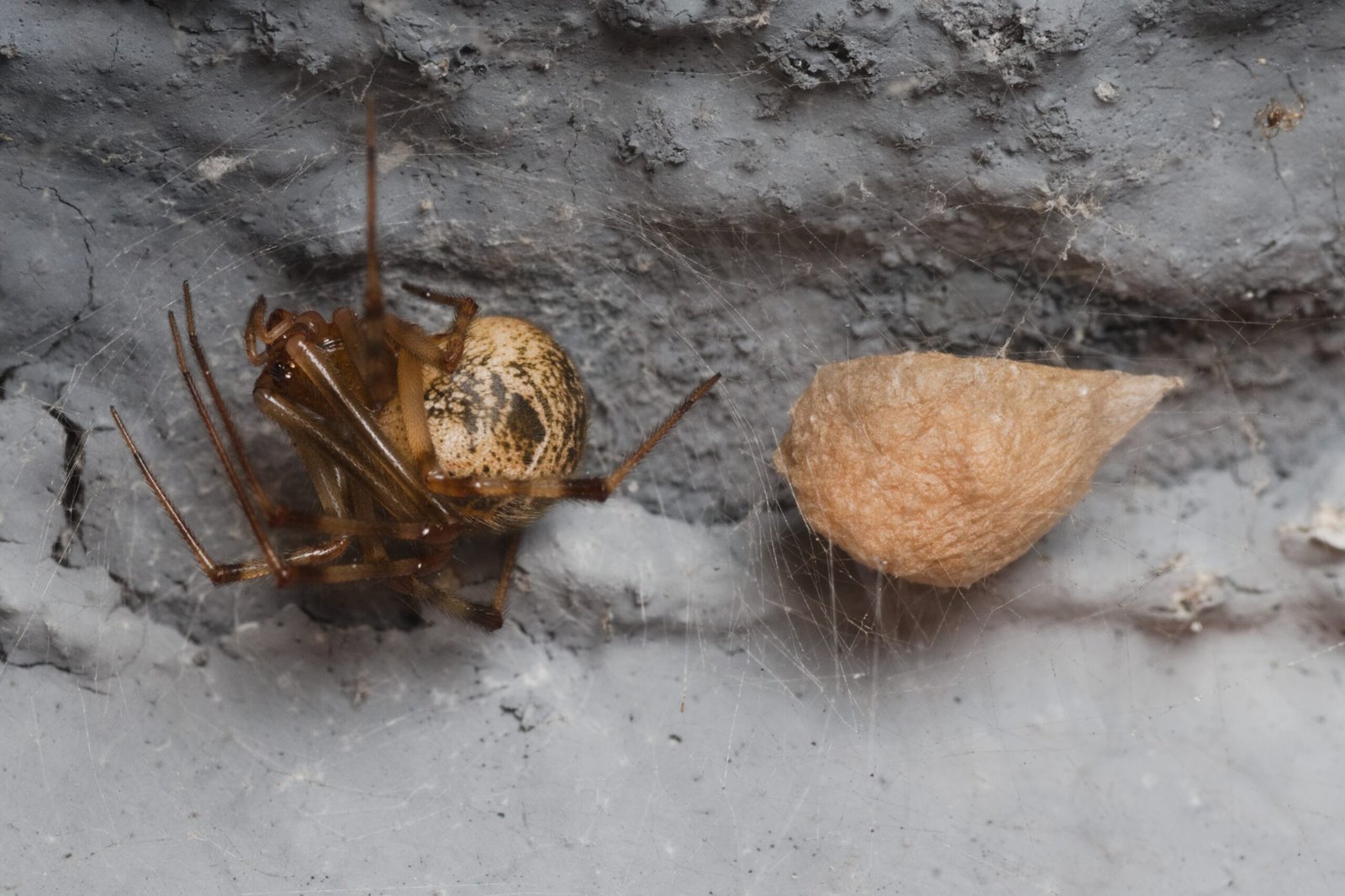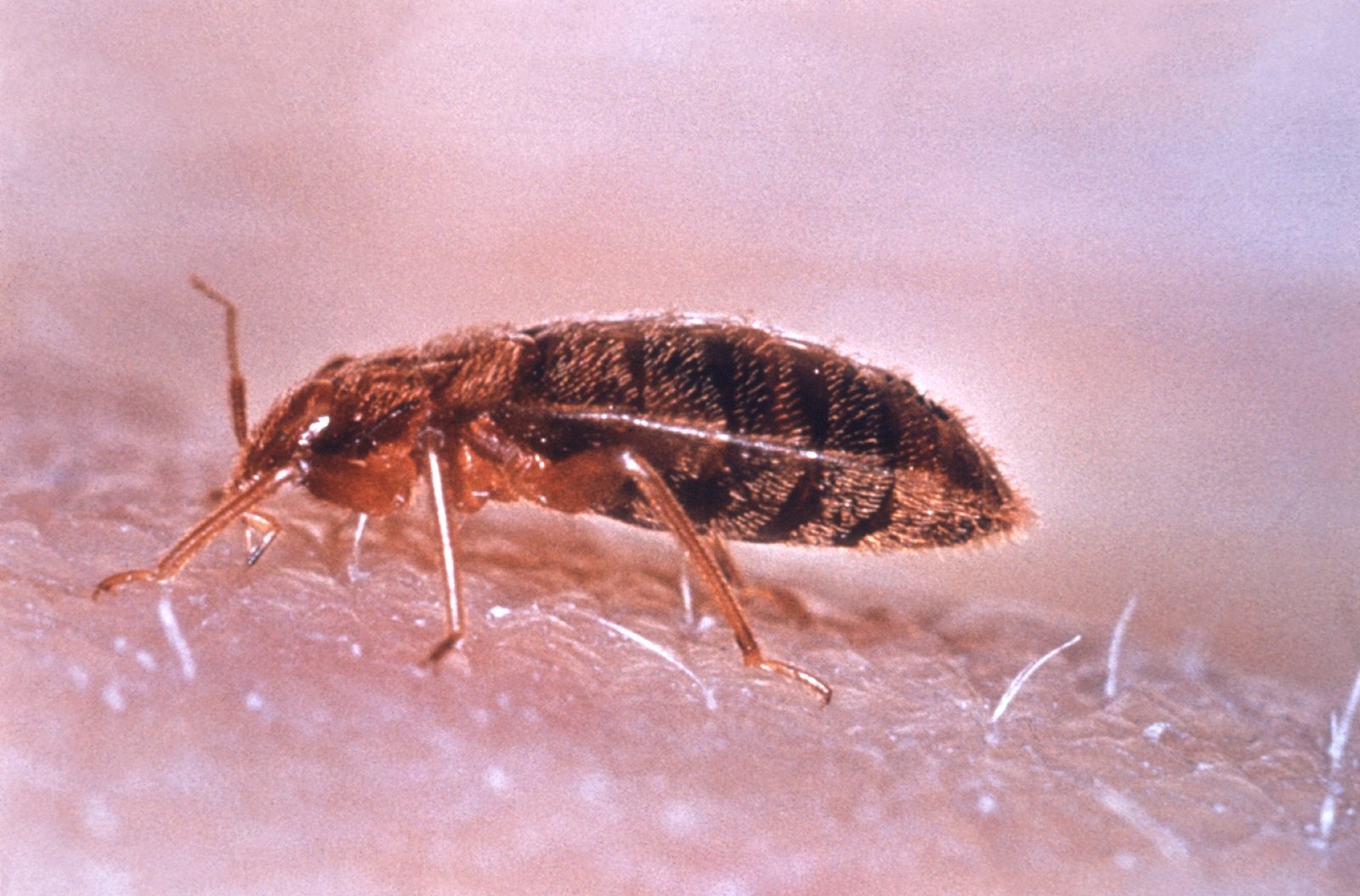Imagine a world where a master manipulator lurks in the shadows, waiting for the perfect moment to hijack another creature’s mind. This is not a science fiction fantasy or a horror film plot—it’s a real phenomenon playing out in the wild every day. Deep in the forests and jungles, a tiny wasp possesses the shocking power to control a spider’s brain, transforming it from a skilled architect into a helpless puppet. The bizarre story of this wasp and its zombified spider victims is as chilling as it is fascinating, revealing just how strange and ingenious nature can be.
The Mastermind: Meet the Parasitic Wasp
The star of this unsettling show is a group of parasitic wasps, mostly from the genus Zatypota. These wasps are not your average garden pollinators. Instead, they are cunning strategists, perfectly evolved to take control of their prey. Female wasps are equipped with an ovipositor, a needle-like organ used to inject eggs into unsuspecting spiders. This weapon is as precise as a surgeon’s scalpel, ensuring the egg is safely delivered without killing the host. The wasp’s lifecycle depends entirely on the spider, making their relationship one of the most fascinating examples of parasitism in the animal kingdom.
The Target: Orb-Weaving Spiders
The victims in this real-life thriller are usually orb-weaving spiders, known for their intricate, wheel-shaped webs. These spiders are master builders, weaving beautiful and highly effective traps for catching insects. But when the parasitic wasp arrives, everything changes. The wasp specifically selects spiders whose web-building skills are essential for the next stage of its devious plan. This relationship is so specialized that the wasp’s survival depends on the spider’s expertise, turning the victim’s greatest strength into its undoing.
Hijacking the Spider’s Brain
Once the wasp injects its egg, the real nightmare begins. The egg hatches, and the larva attaches itself to the spider’s body, feeding on its blood-like hemolymph. But the most shocking part is what happens next: the larva releases chemicals that manipulate the spider’s nervous system. The spider, suddenly under the wasp’s control, abandons its usual routine. It begins spinning a very peculiar web, one it would never build under normal circumstances. This is not just mind control—it’s biological puppetry at its most extreme.
The Zombie Web: A Blueprint for Survival

Under the influence of the wasp larva, the spider constructs a web unlike any other. This new web is smaller, stronger, and designed to support the wasp’s cocoon rather than trap prey. Scientists believe the chemicals from the larva act almost like a software update, overriding the spider’s programming. The zombie web is a perfect cradle, offering protection from rain, wind, and predators. Once the web is complete, the wasp larva delivers the final blow, killing the spider and spinning its own cocoon in the web its victim just built.
The Final Act: Metamorphosis and Emergence
With the spider’s work finished, the larva consumes the rest of its host, drawing out every last bit of nourishment. Then, in a final act of transformation, it spins a silk cocoon, suspending itself in the center of the zombie web. Here, the larva undergoes metamorphosis, changing from a wriggling grub into an adult wasp. Weeks later, the fully formed wasp emerges, chews its way out, and flies off to repeat the cycle, leaving behind only the empty shell of its spider victim.
How Scientists Unravel the Mystery
Researchers have spent years piecing together this bizarre interaction. Through close observation and experimentation, scientists have identified the species involved and tracked the changes in the spider’s behavior. By comparing webs built by parasitized and non-parasitized spiders, they’ve documented the drastic differences. Some experiments even involve extracting the chemicals from the larva to study their effects. This detective work has revealed a complex cocktail of hormones and neurotransmitters at play, shining a light on how a tiny wasp can turn a spider into a zombie builder.
Why Does Nature Invent Such Nightmares?
At first glance, this gruesome strategy seems cruel. But in the natural world, survival often demands creativity. For the wasp, ensuring its offspring have a safe place to grow is a matter of life and death. Manipulating the spider’s behavior offers a perfect solution. This relationship shows how evolution invents tools and tactics beyond our wildest imagination. It’s a battle of brains, chemicals, and instincts, all driven by the relentless pressure to survive and reproduce.
Other Mind-Controlling Parasites in Nature

The wasp-spider story is not unique. Nature is full of sinister manipulators. Fungi such as Ophiocordyceps infect ants, forcing them to climb to deadly heights before killing them and sprouting from their bodies. Some flatworms twist the behavior of snails, making them more likely to be eaten by birds. These examples show that mind control is a surprisingly common strategy in the animal kingdom, each case offering its own shocking twist.
Lessons from Nature’s Puppeteers
Understanding these relationships isn’t just fascinating—it has practical value. Scientists studying parasitic wasps and their chemical tricks hope to unlock new medicines or pest control methods. The wasp’s ability to precisely manipulate nervous systems could inspire treatments for neurological diseases. Observing such extreme examples of control also helps us appreciate the delicate balance of ecosystems and the astonishing inventiveness of evolution.
The Emotional Impact of Nature’s Darkest Stories
There’s something both horrifying and awe-inspiring about the wasp’s ability to turn spiders into web-building zombies. It’s a reminder that nature is not always gentle or beautiful; sometimes, it’s shockingly ruthless. But in these dark corners, we find some of the most creative and astonishing examples of adaptation. The story of the zombie spider is a testament to the drive for survival that shapes every creature on Earth. It’s a narrative that leaves us both unsettled and deeply curious about what else might be lurking in the shadows, waiting to be discovered.




